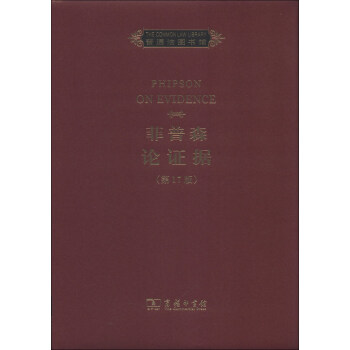

具体描述
内容简介
Publication of the new 17th Edition of Phipson is an occasion for welcome and congratulation. There are few topics in the law of so wide a reach, of such importance, and yet so demanding of illumination. Phipson is equal to its task. Its breadth is breathtaking. Where else can one find teaching of such quality in relation to the criminal law, the law relating to opinion evidence and to experts and the evidential role and use of statistics?内页插图
目录
ForewordPreface
Table of Cases
Table of Statutes
Table of Civil Procedure Rules
Table of Legislation
Table of Statutory Instruments
1. INTRODUCTION
1. Introductory
2. Definitions and classification
3. Inspection, view and production
4. Lex fo
5. Functions of judge and jury
6. Law and fact
7. Impact of the Human Rights Act
2. THE DEFINING OF THE ISSUES
1. Introduction
2. Statements of case and pleadings
3. Variance and amendment
3. JUDICIAL NOTICE
1. Judicial Notice: Introduction
2. Scope of the rule
3. Law, procedure and custom
4. Constitutional, political and administrative matters
5. Territorial and geographical divisions
6. Official gazettes, seals and signatures
7. Matters notified, and companies incorporated by statute
8. Notorious facts
9. Refreshing memory of judge
4. ADMISSIONS
1. Admissions generally
2. Formal admissions for purposes of trial
3. Principles common to admissions in civil cases and to confessions in criminal cases
4. Informal admissions-client, solicitor, counsel and witnesses
5. ESTOPPELS
1. Introductory
2. Legal estoppels
3. Equitable estoppel
6. BURDEN AND STANDARD OF PROOF
1. Concepts
2. Burden of proof in civil cases
3. Burden of proof in criminal cases
4. Presumptions
5.1mpact of the Human Rights Act on reverse burdens and presumptions
6. Standard of proof: criminal cases
7. Standard of proof: civil cases
7. RELEVANCE, ADMISSIBILTY AND WEIGHT: PREVIOUS AND SUBSEQUENT EXISTENCE OF FACTS: THE BEST EVIDENCE RULE
1. Facts in issue
2. Facts relevant to the issue
3. Facts which affect the legal reception or weight of the evidence tendered
4. Relevance and admissibility
5. Weight of evidence
6. Previous and subsequence existence of facts; course of business
7. Custom and usage
8. Standards of comparison
9. Treatment
10. The best evidence rule
8. ATTENDANCE OF WITNESSES
1. Scope of this chapter
2. Attendance of witnesses in civil cases
3. Attendance of witnesses in criminal cases
4. Witnesses within the United Kingdom
5. Witnesses out of the jurisdiction
6. Evidence in the jurisdiction for foreign civil proceedings
7. Obtaining evidence out of the jurisdiction or for proceedings abroad: criminal cases
9. COMPETENCE AND COMPELLABILITY, OATH AND AFFIRMATION Stephen Whale
1. Competence
2. Compellability
3. Competence and compellability in criminal proceedings of defen- dants and their spouses
4. Oath and affirmation
……
精彩书摘
Further, it has been stated by way of dictum in the House of Lords,32 in the course of a speech with which three of the other law lords agreed, that the then view of the law lord in question was that "proprietary estoppel cannot be prayed in aid in order to render enforceable an agreement that statute has declared to be void". The only other law lord to give a reasoned speech33 did not think it necessary or appropriate to consider this issue, perhaps unsurprisingly in light of the fact that he had given the principal judgment in the original decision of the Court of Appeal that the Law of Property (Miscellaneous Provisions) Act 1989 s.2 could be "outfianked" in this way. It may, however, be relevant that the latter law lord had akeady by then, in a decision which did not directly concern equitable proprietary estoppels,34 said that, despite his earlier judgment, he was "now rather less enthusiastic about the notion that proprietary estoppel and 'common interest' constructive trusts can or should be completely assimilated" because the former is a claim to a mere equity while the latter identifies the existence and size of beneficial interests.Quite where all this leaves the original decision of the Court of Appeal that the Law of Property (Miscellaneous Provisions) Act 1989 s.2 could be "outfianked" in this way and, for that matter, the law remains to be seen. However, it seems to follow from the remaining remarks of the law lord with whose speech the three other law lords agreed that at least he thought (and possibly the other three law lords also thought) that, while the existence of a constructive trust can render enforceable a contract which is prima facie void for failure to comply with Law of Property (Miscellaneous Provisions) Act 1989 s.2 (because of the existence of the specific exemption for constructive trusts in s.2(5)), the existence of an equitable proprietary estoppel will not, on its own and without more, any longer be capable of giving rise to the imposition of a constructive trust; if this proves to be the case, the statutory exemption willin future only be capable of applying where a constructive trust has been imposed for some other reason. This would not necessarily render incorrect the outcome, as distinct from the reasoning, of the original decision of the Court of Appeal that the Law of Property (Miscellaneous Provisions) Act 1989 s.2 could be "outfianked" since in that case a constructive trust could conceivably have been held to have arisen on the different basis that the parties had entered into what was to all intents and purposes a joint venture.35
More generally the original and specific disapproval by the Court of Appeal of the notion that there are any "no go areas" for estoppels was anyway qualified by a subsequent comment in that case that the operation of equitable proprietary estoppels could nevertheless be restricted in the face of such statutory enact- ments. Whether it was to be restricted in a particular case depended upon an analysis of the "general social policy" behind the enactment; this was not simply a question of wording but also of statutory intent.
……
用户评价
我对语言的学习有着天然的敏感,而《菲普森论证据》这部著作,在英文原著的精炼和准确性上,我有着很高的期望。我一直认为,法律的严谨性很大程度上体现在其语言的精确度上,一个细微的词语选择,都可能导致截然不同的法律后果。因此,阅读英文原版,能够让我直接接触到法律思想最初的表达方式,不受翻译过程中可能产生的偏差影响。我希望这本书的语言风格是清晰、专业且具有说服力的,能够以一种严谨的逻辑推理,将复杂的证据法概念娓娓道来。我期待能够从中学习到地道的法律术语,理解英文法律文书的表达方式,并且更重要的是,能够感受作者在字里行间流露出的对证据法深刻的理解和洞察。
评分这本书的封面设计就散发着一种厚重感,一种知识沉淀的味道。当我第一次翻开它时,那种熟悉的、略带陈旧的书页触感,瞬间勾起了我曾经埋头苦读的回忆。尽管我尚未深入探究其内容,但仅凭这份质感,就足以让我对它所蕴含的学识充满了期待。我一直坚信,一本真正的好书,即便仅仅是它的物理形态,也能传递出一种信息,一种作者想要与读者建立的连接。这本《菲普森论证据》似乎就是如此,它没有华丽的辞藻,没有浮夸的排版,只有最朴实的设计,暗示着内容的扎实和内容的纯粹。我个人偏爱这种不事张扬的风格,总觉得这样的书籍更值得信赖,更能承载起深厚的学术积淀。现在,我迫不及待地想要开始我的阅读之旅,去探索这个在法律界享有盛誉的“证据”领域。我希望这本书能够如同它的外表一样,为我打开一扇通往新知识的大门,让我能够更深刻地理解证据在法律实践中的作用和意义。
评分我一直认为,一本能够经受住时间考验的法律著作,其价值不仅仅在于它陈述了什么,更在于它如何陈述。而《菲普森论证据》从其“第17版”的厚度来看,无疑已经历了漫长的演进和磨砺。我虽然还未深入阅读,但仅凭这一点,我就对它充满了信心。在我看来,法律如同生命体,不断地适应和发展,而一部能够不断更新迭代的法律著作,恰恰是这种生命力的最好体现。它不是静止的理论,而是随着社会进步、司法实践的丰富而不断演进的活生生的知识体系。我尤其好奇的是,在经历了十七次修订之后,这本书将如何融合和呈现最新的证据法则、案例以及理论发展?是保留了经典的框架,还是进行了颠覆性的重塑?我期望它能够提供一个全面、深入且与时俱进的证据法视角,能够帮助我理清复杂的证据规则,掌握关键的证明标准,并最终能够将其灵活运用于我的实际工作中。
评分作为一名对法律充满好奇的读者,我一直在寻找能够真正启发我思考的书籍,而不是简单地堆砌条文和判例。而《菲普森论证据》这个书名,尤其是“菲普森论”这几个字,在我脑海中勾勒出一种深入的、批判性的视角。我倾向于认为,这本书不仅仅是在介绍“证据”是什么,更是在探讨“证据”为何如此,以及在实践中如何“运用”证据。我猜想,书中一定会有对证据理论的深刻剖析,对不同证据类型的细致辨析,以及对证据采信规则的严谨论证。我希望它能够引导我跳出简单的“有没有证据”的层面,去思考证据的来源、可靠性、相关性,以及它们在构建事实真相过程中所扮演的复杂角色。我期待这本书能够以一种清晰、有条理的方式,将证据法的复杂性展现在我面前,让我能够逐渐领悟到其中精妙之处,从而提升我的法律分析能力。
评分我一直觉得,一本好的法律参考书,应该既能作为入门的指南,也能成为深入研究的阶梯。《菲普森论证据》作为“普通法图书馆”系列的一员,并且已至第17版,这本身就足以说明其在普通法系学术界的重要地位。我并没有立即翻开内容,但我对它的结构和组织方式充满了好奇。我猜测,它一定能够系统地梳理出证据法的基本原则、核心概念以及关键程序。我希望它能够为初学者提供一个清晰的学习路径,同时也能为有经验的法律从业者提供一个全面、深入的参考。我尤其期待能够看到书中对不同司法管辖区的证据法异同进行比较,或者在某些有争议的证据问题上,能够呈现出不同的学术观点和司法实践。对我而言,能够拥有一本如此权威且全面的证据法参考书,本身就是一种巨大的价值。
相关图书
本站所有内容均为互联网搜索引擎提供的公开搜索信息,本站不存储任何数据与内容,任何内容与数据均与本站无关,如有需要请联系相关搜索引擎包括但不限于百度,google,bing,sogou 等
© 2025 book.coffeedeals.club All Rights Reserved. 静流书站 版权所有

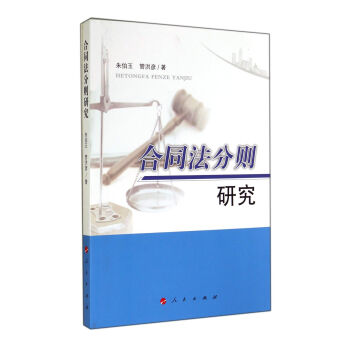

![国际私法学 [Private International Law] pdf epub mobi 电子书 下载](https://pic.windowsfront.com/11675752/552e30e4Na524ffb3.jpg)
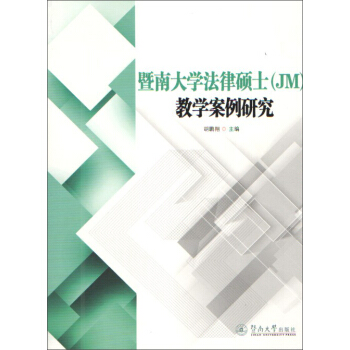


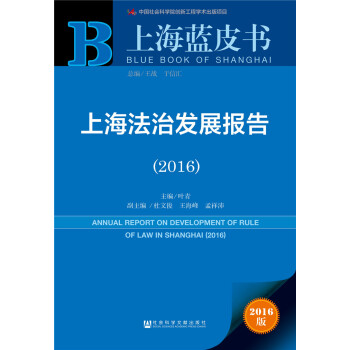


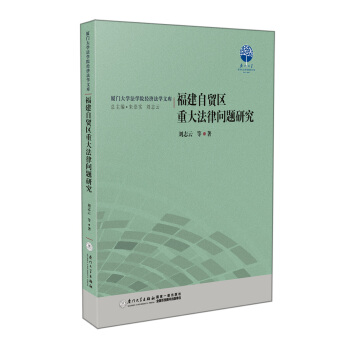



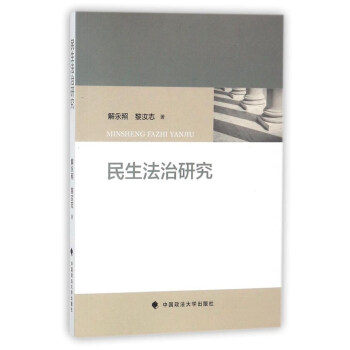
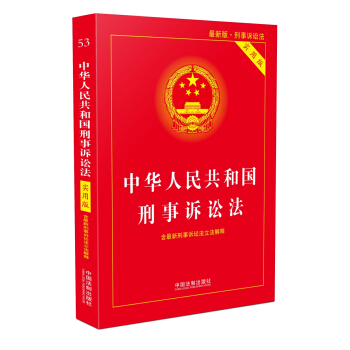

![法庭科学文化论丛(第3辑) [Forensic Culture Research] pdf epub mobi 电子书 下载](https://pic.windowsfront.com/12324413/5ad4606fNd6aa6d6d.jpg)
![荷兰劳动法/威科法律译丛 [Labour law in the Netherlands] pdf epub mobi 电子书 下载](https://pic.windowsfront.com/12325593/5af8e90bN4d880b65.jpg)

